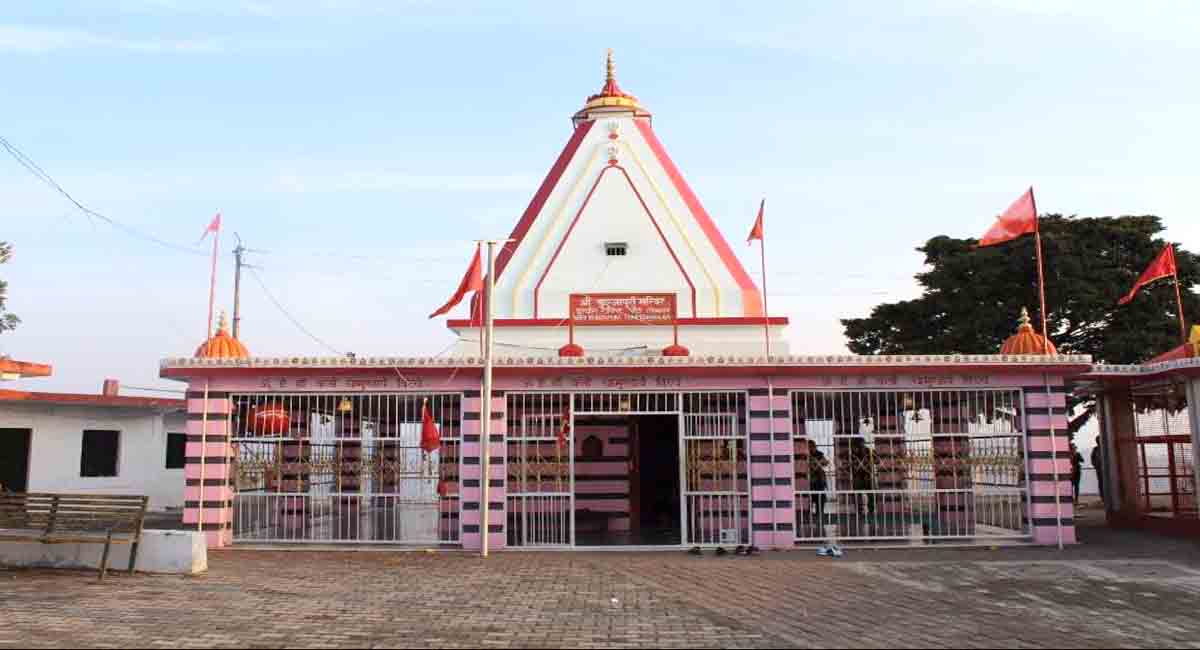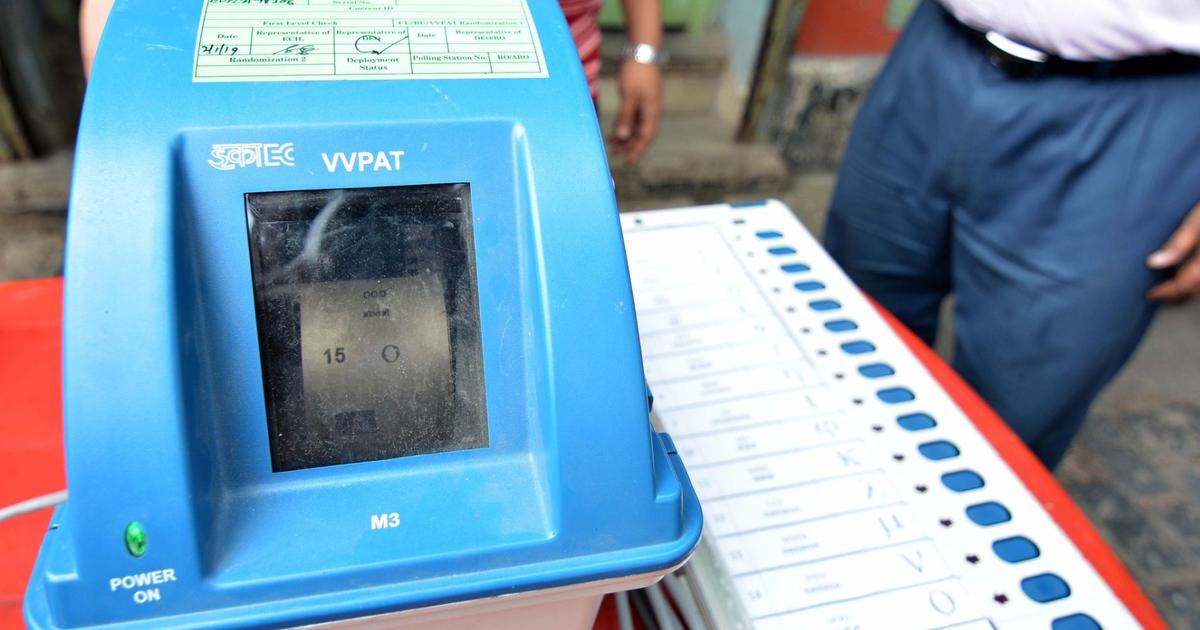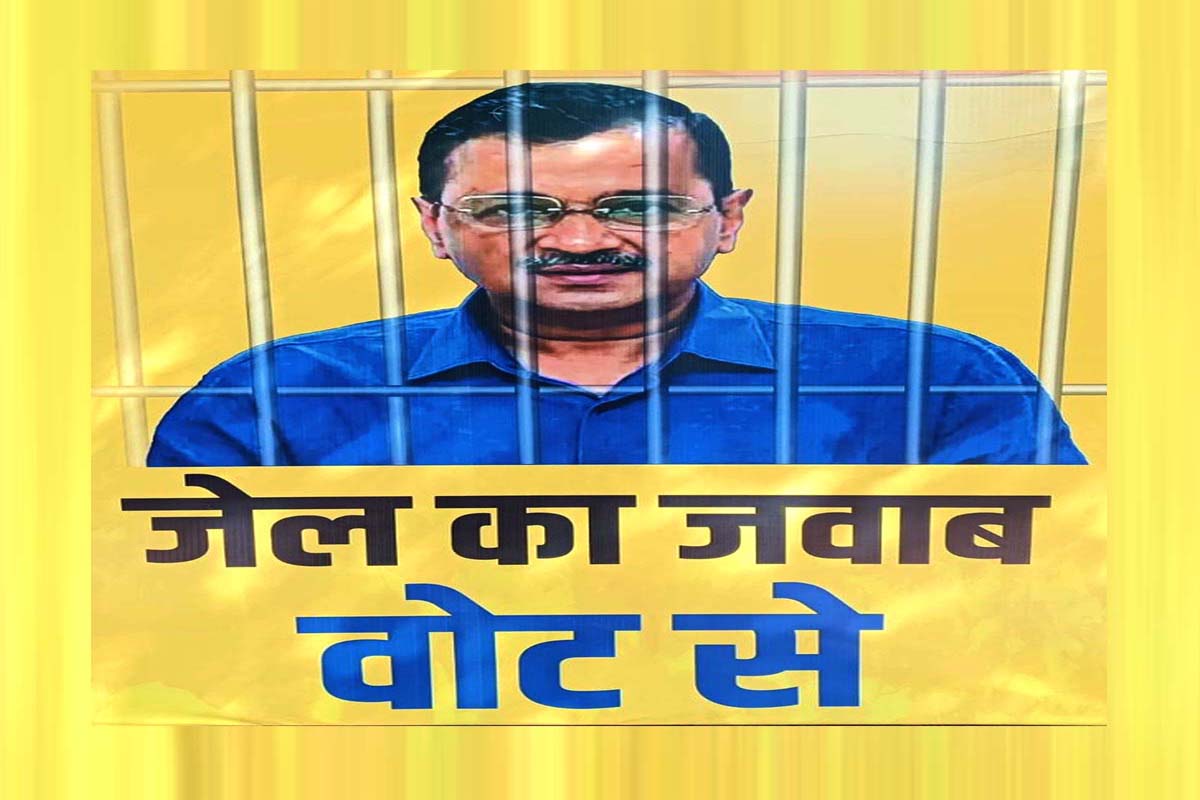Kunjapuri Devi Temple is one of the most revered pilgrimage sites in India. It is dedicated to Goddess Shakti and is believed to be one of the 52 shaktipeeths, which are considered to be the holiest places of worship for Hindus. In this blog post, we will explore the history, significance, and experience of visiting Kunjapuri Devi Temple.
Kunjapuri temple, located on top of the Kunjapuri hill at an altitude of 1,676m, is one of the must-visit places in the Tehri Garhwal region. It is not only famous for its association with gods and goddesses, but also for its breathtaking views of the Garhwal Himalayan peaks like Swarga Rohini, Gangotri, Banderpunch, and Chaukhamba to the north, as well as Rishikesh, Haridwar, and Doon Valley to the south. The temple is located 7 km from Narendra Nagar, about 15 km from Rishikesh, and 93 km from Devaprayag, attracting thousands of visitors throughout the year, especially during the Navratras in April and October. The Dussehra festival is also celebrated here with grandeur.
According to popular legend, the sacred triangle of temples is associated with the story of Sati, the daughter of Daksha Prajapati. When Sati immolated herself at the sacrificial spot, Lord Shiva carried her dead body and walked towards the Himalayas. The places where parts of her body fell are now known as Kunjapuri, Surkanda Devi, and Chandrabadani, revered as Siddha Peeths.
History of Kunjapuri Devi Temple
The History of Kunjapuri revolves around Goddess Parvati, the consort of Lord Shiva. In her past life, she was known as Sati and married Lord Shiva. However, her father King Daksha was not happy with their union and intentionally excluded them from a Yagna, a sacred gathering where offerings are made to Agni Dev (the Fire God). When Sati learned of this, she was furious and decided to attend the gathering uninvited. Lord Shiva tried to dissuade her, but she was determined to go.
At the Yagna, King Daksha insulted Sati’s husband in public, which enraged her. In her anger, Sati jumped into the sacrificial fire and ended her life. Lord Shiva was devastated and destroyed the Yagna in his fury. He then carried Sati’s body on his shoulder and performed the destructive Tandav dance, which could eventually destroy the Universe. However, some versions suggest that Lord Shiva carried her body on his shoulders and wandered aimlessly in grief, refusing to perform the final rites.
Lord Brahma, the creator of the Universe, realized that if Sati’s body did not receive proper cremation according to Hindu Shastra, she could not be reborn as Goddess Parvati. Meanwhile, Lord Vishnu was concerned that Lord Shiva’s grief would eventually lead to the destruction of the Universe. Unable to control or confront Lord Shiva’s anger, Lord Vishnu took his Sudarshan Chakra (disk) and cut Sati’s body into pieces. As Lord Shiva traveled, her body parts fell, and the gods performed the final rituals. The places where Sati’s body parts fell are known as Shaktipeeth, and temples have been built around them and worshipped daily. People travel across continents seeking blessings from Shakti.
Best Time to Visit Kunjapuri Temple
The best time to visit Kunjapuri Temple is during the months of March to June and September to November. These months are considered to be the peak tourist season, and the weather is pleasant and comfortable. The temperature during these months ranges from 15 to 30 degrees Celsius, making it ideal for outdoor activities and sightseeing.
During the summer months of March to June, the weather is pleasant, and the temperatures are moderate. This is a great time to visit if you want to escape the heat of the plains and enjoy the natural beauty of the Himalayas. The lush greenery around the temple is in full bloom during this season, making the temple premises look more beautiful.
Similarly, the months of September to November are also excellent times to visit Kunjapuri Temple. The monsoon season ends in September, and the weather becomes pleasant again. The clear blue skies, the crisp air, and the cool breeze make the temple visit an enchanting experience. Additionally, this season also marks the onset of the festival season, and you can witness the fervor of the Navratri festival celebrated with great enthusiasm in the temple.
Avoid Visiting During Monsoon Season
The monsoon season in Uttarakhand lasts from July to August, and it’s advisable to avoid visiting Kunjapuri Temple during this time. The rains can make the roads and trekking trails slippery and dangerous, making it challenging to access the temple. Landslides and flash floods are common during this season, and it can be hazardous for visitors to venture out.
Moreover, the temple premises can become muddy and dirty due to the heavy rains, making it an unpleasant experience for visitors. The cloudy skies can also obstruct the magnificent views of the Himalayas, which is one of the main attractions of the temple.
Visiting During Winter Season
The winter season from December to February is also an option to visit the Kunjapuri Temple. The temperature during this time drops to as low as 4 to 5 degrees Celsius, and the weather can be chilly and cold. However, if you’re looking for a unique experience, visiting the temple during this season can be a magical experience. The snow-capped Himalayan range looks mesmerizing, and the temple premises have a serene and calm atmosphere.
How to Reach Kunjapuri Devi Temple
Kunjapuri Temple is a popular pilgrimage site located in the town of Rishikesh in the northern state of Uttarakhand, India. If you’re planning a trip to Kunjapuri Temple, you may wonder how to reach this beautiful temple. Here’s a guide to help you reach Kunjapuri Temple.
By Air: The nearest airport to Rishikesh is the Jolly Grant Airport in Dehradun, which is located around 35 kilometers from the town. The airport is well-connected to major cities in India, and you can easily take a cab or a taxi from the airport to reach Rishikesh. Once you reach Rishikesh, you can hire a cab or a taxi to reach Kunjapuri Temple, which is around 25 kilometers from the town.
By Train: Rishikesh has a railway station, which is well-connected to major cities in India. Some of the popular trains that operate on this route are the Shatabdi Express, Jan Shatabdi Express, and Dehradun Express. Once you reach Rishikesh railway station, you can hire a taxi or a cab to reach Kunjapuri Temple, which is around 25 kilometers from the town.
By Road: Rishikesh is well-connected to major cities in India through a network of national and state highways. You can either take a bus or a private taxi to reach Rishikesh from Delhi or other nearby cities. Once you reach Rishikesh, you can hire a cab or a taxi to reach Kunjapuri Temple, which is around 25 kilometers from the town.
Trek to Kunjapuri Devi Temple: If you’re an adventure enthusiast, you can also trek to Kunjapuri Temple. The trek is around 8 kilometers and takes around 2 to 3 hours to complete. The trek is relatively easy and passes through lush green forests and beautiful landscapes. The trek starts from a village called Dhari, which is around 8 kilometers from Rishikesh. You can either hire a taxi or a cab to reach Dhari or take a local bus.
Things To Do In Kunjapuri Devi Temple
Kunjapuri Temple is not just a pilgrimage site, but also a place of immense natural beauty and breathtaking views. Here are some of the things to do in Kunjapuri that you should not miss:
Visit the Temple: Kunjapuri Temple is the main attraction of this place, and you should definitely visit it to experience its divine energy and beauty. The temple is dedicated to the goddess Sati, and it is believed that a part of her body fell at this place during Lord Shiva’s Tandav dance. The temple has unique architecture and is decorated with intricate carvings and paintings.
Witness Sunrise or Sunset: The temple is located on a hilltop, and it offers a stunning view of the surrounding landscape. The best time to visit the temple is during sunrise or sunset when the sky is painted in vibrant hues of orange, red, and yellow. You can also witness the first rays of the sun falling on the majestic Himalayas from here.
Trek to Neer Garh Waterfall: Neer Garh Waterfall is located around 3 kilometers from Kunjapuri Temple, and it is a popular trekking spot among tourists. The trek takes you through lush green forests and offers a stunning view of the surrounding valleys. The waterfall is a perfect place to take a dip and cool off after the trek.
Visit the George Everest House: The George Everest House is located around 6 kilometers from Kunjapuri Temple and was the home of Sir George Everest, a famous British surveyor and geographer. The house is in ruins now, but it offers a stunning view of the surrounding landscape. You can also witness the confluence of the Ganga and the Yamuna rivers from here.
Enjoy Adventure Sports: Rishikesh, which is located around 25 kilometers from Kunjapuri Temple, is a hub of adventure sports. You can enjoy activities like river rafting, bungee jumping, flying fox, and camping here. These activities are a perfect way to get your adrenaline pumping and experience the thrill of adventure.
Visit the Beatles Ashram: The Beatles Ashram, also known as Maharishi Mahesh Yogi Ashram, is located in Rishikesh and is a popular tourist attraction. The ashram was visited by the Beatles in the 1960s and is decorated with colorful graffiti and paintings. You can take a walk through the ashram and soak in the serene atmosphere.
Places Nearby Kunjapuri Devi Temple
Kunjapuri Temple is located in the beautiful state of Uttarakhand, which is famous for its natural beauty and spirituality. There are many places nearby Kunjapuri Temple that you can visit to explore the beauty of this region. Here are some of the places that you should not miss:
Rishikesh
Rishikesh is located around 25 kilometers from Kunjapuri Temple and is a popular destination among tourists. It is known as the Yoga Capital of the World and is famous for its spirituality and adventure sports. You can visit the famous ashrams, take a dip in the holy river Ganga, enjoy adventure sports like river rafting and bungee jumping, and soak in the serene atmosphere of this place.
Haridwar
Haridwar is located around 50 kilometers from Kunjapuri Temple and is one of the seven holiest places in Hinduism. It is famous for the Kumbh Mela, which is held every 12 years and attracts millions of devotees from all over the world. You can visit the famous Har Ki Pauri ghat, take a dip in the holy river Ganga, and witness the evening Aarti, which is a must-see spectacle.
Mussoorie
Mussoorie is located around 70 kilometers from Kunjapuri Temple and is a popular hill station among tourists. It is known as the Queen of Hills and is famous for its natural beauty and colonial architecture. You can visit the famous Kempty Falls, take a walk on Mall Road, and enjoy the stunning view of the Himalayas from here.
Dehradun
Dehradun is located around 45 kilometers from Kunjapuri Temple and is the capital of Uttarakhand. It is famous for its natural beauty, educational institutes, and research centers. You can visit the famous Robber’s Cave, take a walk on Rajpur Road, and explore the famous Forest Research Institute.
Narendra Nagar
Narendra Nagar is located around 10 kilometers from Kunjapuri Temple and is a small town famous for its natural beauty and historical significance. It was the capital of the erstwhile Tehri Garhwal kingdom and is home to many historical landmarks like the Tehri Garhwal Palace and the Ananda in the Himalayas resort.
Frequently Asked Question
Why is Kunjapuri temple famous?
Kunjapuri Temple is famous for its religious and spiritual significance. It is believed to be one of the 52 Shakti Peeths in India, where the chest of Goddess Sati is said to have fallen when Lord Shiva carried her body on his shoulders. The temple offers a breathtaking view of the Himalayas and is a popular destination among tourists and devotees.
Which body part of Sati fell in Kunjapuri?
According to Hindu mythology, it is believed that the chest of Goddess Sati fell in Kunjapuri when Lord Shiva was carrying her body on his shoulders. This is why Kunjapuri Temple is considered one of the 52 Shakti Peeths in India.
Which Shaktipeeth is near Rishikesh?
There are three Shakti Peeths near Rishikesh, namely Neelkanth Mahadev Temple, Bhairav Parvat, and Kalikhoh Temple. Neelkanth Mahadev Temple is located around 32 kilometers from Rishikesh and is believed to be the place where the throat of Goddess Sati fell.
Which part of Sati fell in Vaishno Devi?
According to Hindu mythology, it is believed that the forehead of Goddess Sati fell in Vaishno Devi when Lord Shiva was carrying her body on his shoulders. This is why Vaishno Devi Temple is considered one of the 52 Shakti Peeths in India.
Which are the 52 Shakti Peeth?
The 52 Shakti Peeths are a group of pilgrimage sites spread across India and are considered holy by Hindus. These are the places where the body parts of Goddess Sati are believed to have fallen when Lord Shiva carried her body on his shoulders. Some of the famous Shakti Peeths include Kamakhya Temple in Assam, Tara Tarini Temple in Odisha, and Vaishno Devi Temple in Jammu and Kashmir.



